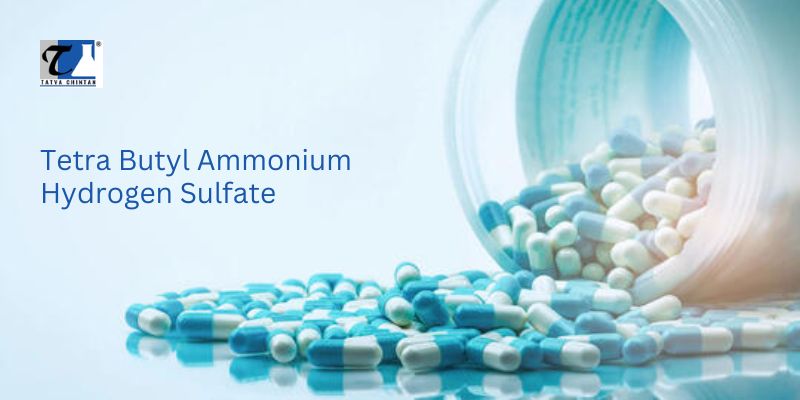The Chemistry Behind Photoresist Strippers: How Tetra Butyl Ammonium Fluoride Trihydrate is Shaping the Electronics Industry

Tetra Butyl Ammonium Fluoride Trihydrate is transforming the electronics industry through its use in photoresist strippers. These chemical strippers are critical for cleaning and etching procedures in semiconductor manufacturing and microfabrication. In this article, we discuss Tetra Butyl Ammonium Fluoride Trihydrate , a chemical compound produced by Tatva Chintan. What Are Photoresist Strippers? Different layer removal techniques are used in semiconductor wafer production to remove undesirable layers from a substrate without contaminating it. During photolithography, light-sensitive organic compounds called photoresists are utilized to form a patterned covering that shields underlying inorganic layers from damage. In the final stage of semiconductor manufacturing, a photoresist stripper must be used to remove the photoresist layer. Specialized chemical solutions called photoresist strippers are used to remove photoresist layers from substrates such as circuit boards and semiconductor...
